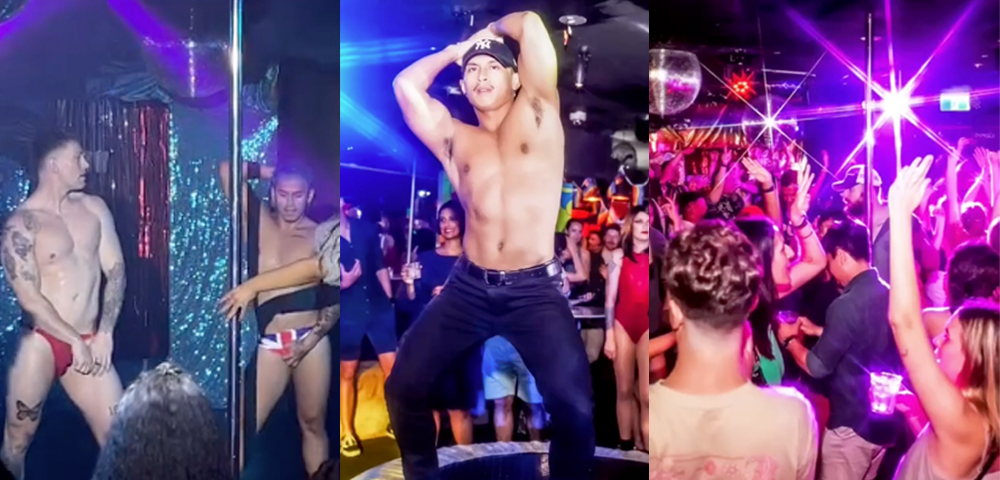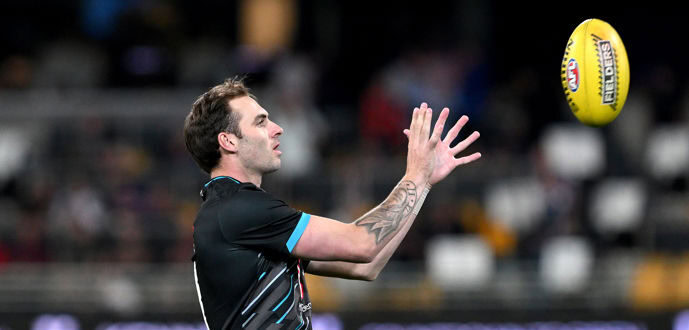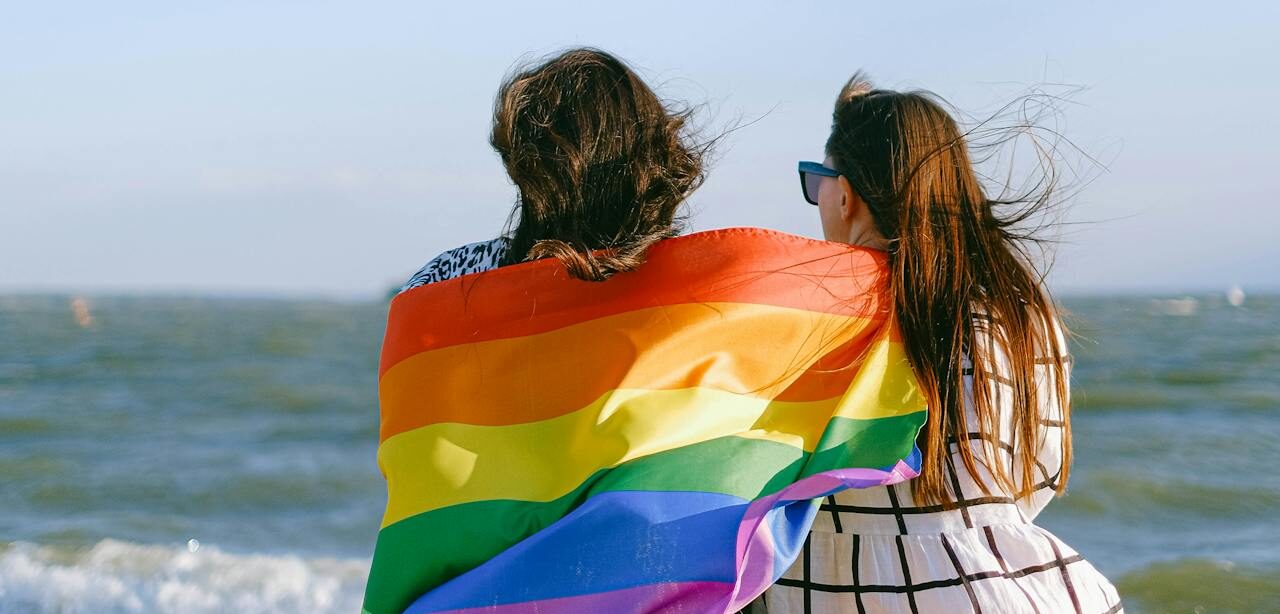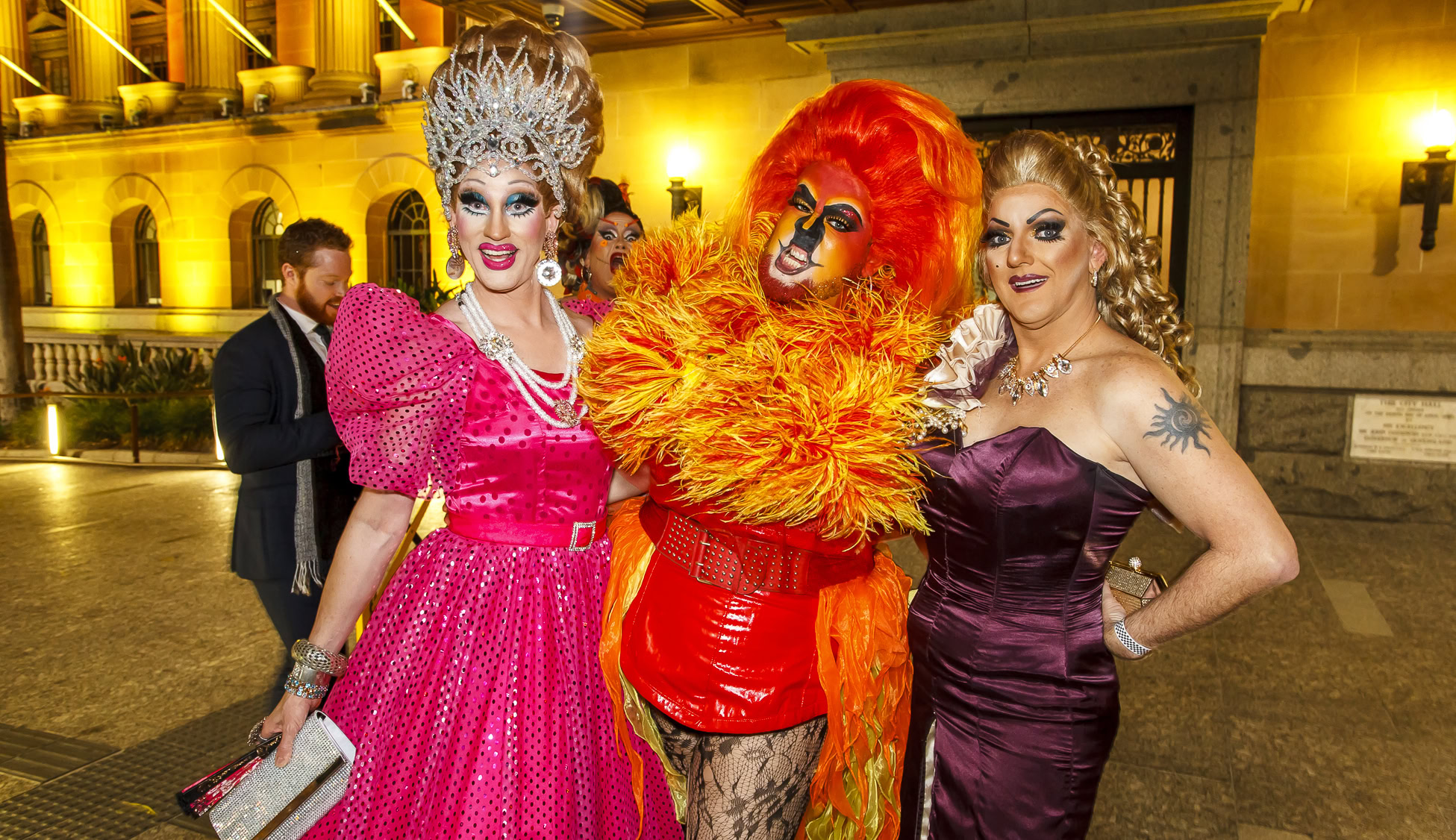
Gaps in services for young LGBTI refugees and new migrants

A REPORT on the needs and experiences of LGBTI youth from refugee and newly-arrived migrant backgrounds has identified major gaps in available support services.
The Nothing for Them report by the Australian Research Centre in Sex, Health and Society (ARCSHS) interviewed people working in a wide range of services and policy roles relating to young people who are asylum seekers, refugees or newly-arrived.
A recurring issue raised in the interviews was the invisibility of LGBTI people accessing the services who did not feel comfortable disclosing their LGBTI status. However, many service providers reported working with clients from these backgrounds.
Most interviewees argued better training for staff in organisations providing services to LGBTI young people from refugee backgrounds was the best way to improve these services.
The study also found that along with some problems around LGBTI-inclusiveness in refugee, newly-arrived and asylum-seeker services, there were potentially issues with how inclusive LGBTI-specific services were for people from culturally and linguistically diverse (CALD) backgrounds.
“My feeling and experience is that migrant and refugee organisations… are more aware of and better equipped to address GLBTIQ issues than many GLBTIQ organisations are with issues facing newly arrived people,” one interviewee said.
“I don’t know if that’s just because refugee and migrant organisations tend to have more queer staff than GLBTIQ organisations have newly-arrived staff?”
Another interviewee discussed problems with applying standard narratives around “coming out” to LGBTI people from CALD backgrounds.
“I do believe that service providers, including myself, have to be mindful of cultural differences when talking about celebrating sexuality and gender diversity to CALD young people,” the interviewee said.
“Understanding ‘coming in’ has a direct impact on the type of services and advice that we provide to young people. Instead of focusing on the one model of ‘coming out’, young people can be informed that there are multiple ways to celebrate their sexuality and gender identity while still maintaining family and community connection.”
Although LGBTI youth from refugee and newly-arrived backgrounds were also a target of the study, all but one of those approach declined to be interviewed.
ARCSHS stressed that the report was only the first phase of a larger project looking at the needs of these young people, but made a number of recommendations for service providers in both the LGBTI and refugee support sectors.
Along with further research in the area, the report recommended further development of staff and specific services in this area, as well as greater support for the families and communities of these young people.
ARCSHS is currently developing the second stage of the project to implement some of the key findings in the report.









